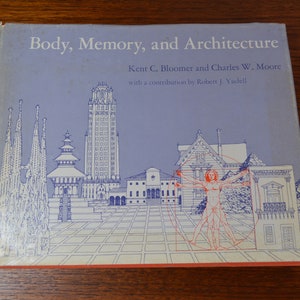
Īdditionally, dance is thought to be a prime way to express and convey the emotions in non-verbal communication.

THE ROLE OF BODY MOVEMENT IN JUDGING EMOTIONīody movement is thought to be the oldest expression forms to interpret emotions.

What’s more, a common set of core emotions can be identified and expressed in spite of culture differences. Emotion should be measured and then transmit to others, in order to interactive with other individuals or environment around them. According to this, emotion is not just about individuals, it should have an interest in the social level. What’s more, Emotion is broadly regarded as the universal interface mediates between the constantly changing environment and the individual’s behavioral response. This circulation can be represented as the emotion talking with the environment through certain installations and sensors.Įmotion is thought to occur in response to a social event. And the stimuli can act to the emotion in the induvial in return. The measurement of the emotion change the external environment and create a new stimuli. The article is to find a visible way to measure the emotion of the individuals through the theories developed by other scientists. Especially, the interaction between the color and emotion, and also the connection between the body movement and spatial changes. We intend to find the relationship between the environment and emotions. Though emotion cannot be seen, still naturally react to the spatial changes, color flicker and brightness changing in the environment around the individuals. The experience of emotions normally includes thought, action impulse and somatic disturbance. For the environment expression, we choose the projection mapping to create a space for the ‘communication’. In this article, we choose two ways of expression that identified by Darwin in the book ‘The expression of the emotion in man and animals’-the body movement and facial expression. In conclusion, in order to re-channel the interaction between emotion and environment, we should change the invisible inner emotion into a visible and measurable data. And also emotion is an invisible response to a stimuli. In addition, Emotion is the inner thoughts of human beings. Human beings have a natural desire to communicate with the unseen interior psychological state.

The authors draw on contemporary models of spatial perception as well as on body-image theory in arguing for a return of the body to its proper place in the architectural equation.The main method of non-verbal interaction between individuals and the environment is re-channeling, namely the ability of collecting the data from the subject and turn it into the signal that can be demonstrated by the medium that can act on the environment and react to the individual. Body, Memory, and Architecture traces the significance of the body from its place as the divine organizing principle in the earliest built forms to its near elimination from architectural thought in this century. This book, an outgrowth of their joint teaching efforts, places the human body at the center of our understanding of architectural form.
Body memory and architecture professional#
In giving priority to these issues and in questioning the professional reliance on abstract two-dimensional drawings, they often find themselves in conflict with a general and undebated assumption that architecture is a highly specialized system with a set of prescribed technical goals, rather than a sensual social art historically derived from experiences and memories of the human body. John Fischer, Harpers As teachers of architectural design, Kent Bloomer and Charles Moore have attempted to introduce architecture from the standpoint of how buildings are experienced, how the affect individuals and communities emotionally and provide us with a sense of joy, identity, and place. If the coming generation or architects-and their clients-pay attention to it, America may someday be a much more agreeable place. Paul Goldberger, New York Times Nearly every page of the book is wittily illustrated with cartoons, drawings, and photographs.


 0 kommentar(er)
0 kommentar(er)
